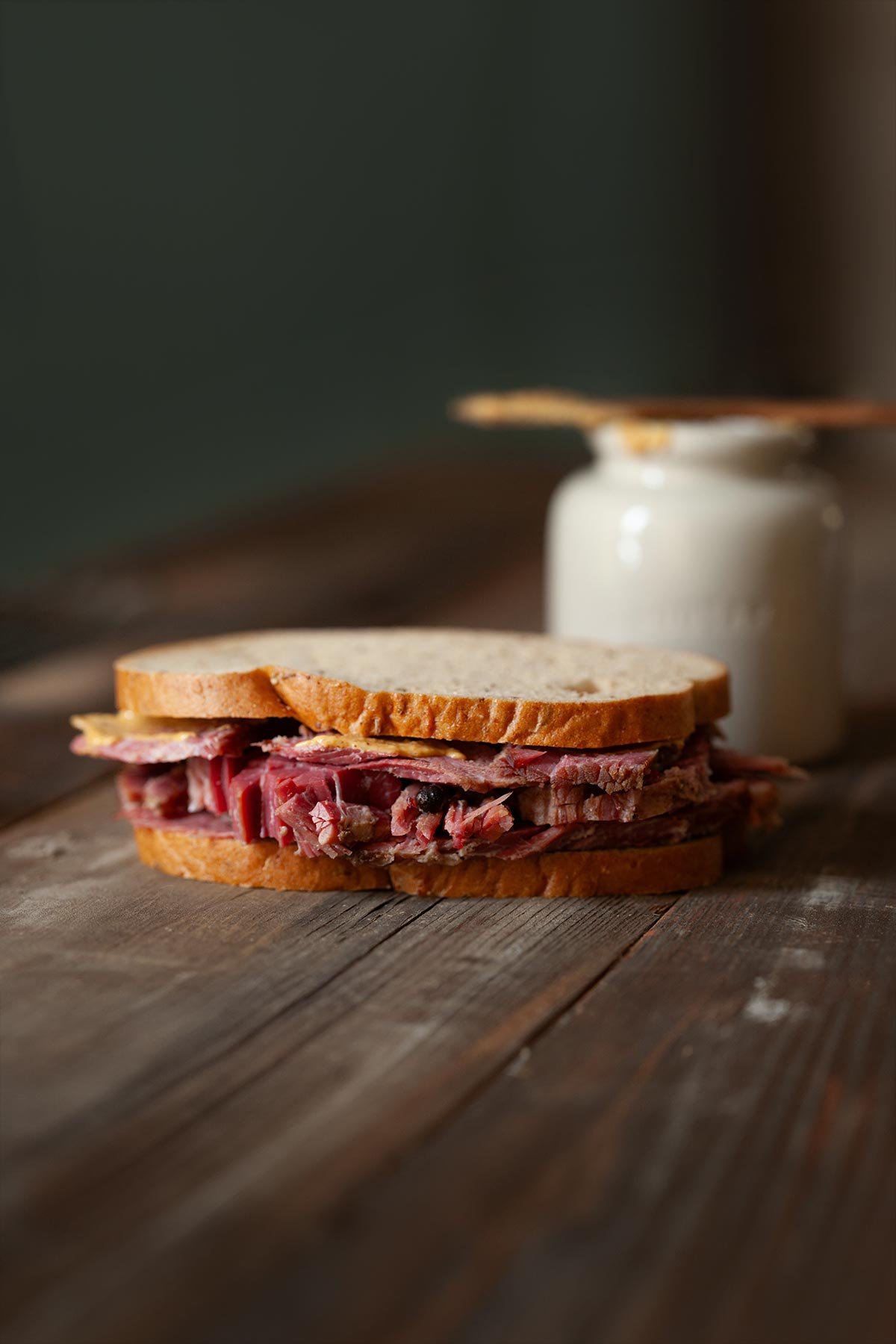
Jump To
- What Is Corned Beef?
- Why This Recipe Works
- Notes on Ingredients
- How to Cook Corned Beef Brisket
- Your Corned Beef Questions Answered
- 3-Hour Corned Beef Shortcut
- Pro Tips
- Storage & Reheating
- How to Serve Corned Beef Brisket
- More Corned Beef Recipes
- Tell Me What You Think
- Video: How to Make Corned Beef
- Homemade Corned Beef Recipe
- Recipe Testers’ Reviews
What Is Corned Beef?
Corned beef is brisket brined in salt water and spices—think peppercorns, mustard seed, coriander, and garlic. The name “corned” comes from the large salt grains once used for curing the beef.
While its roots trace back to Ireland (where the dish was mainly for export), it’s most famously associated with Irish-American cuisine, thanks to immigrants in the U.S. who found beef cheaper here than in Ireland. Over time, corned beef became a St. Patrick’s Day classic, admired for its salty, savory flavor and easy adaptability—perfect in everything from sandwiches to hearty dinners and leftover hashes.
It’s similar to your favorite pastrami recipe but has a unique flavor and texture.

Why This Recipe Works
This homemade corned beef recipe takes a brisket—often a tough, stubborn cut—and transforms it into a tender, flavor-packed feast thanks to a simple yet balanced salt, sugar, and spice brine. The pink curing salt adds both color and safety, ensuring the meat cures evenly without any unwanted bacteria.
After a few days of leisurely marinating in this aromatic bath, the brisket has a subtly sweetness with a peppery warmth that’s downright addictive. Plus, the low-and-slow cooking method (stovetop or slow cooker) keeps the meat moist and the process blissfully hands-off.
It’s practically foolproof and guaranteed to make you wonder why you ever bought premade corned beef in the first place.
Notes on Ingredients
- Kosher salt–This makes up the foundation of your brine, allowing the meat to retain moisture and become tender, ensuring perfect corned beef. To avoid making a brine that’s too salty, you must weigh your salt. Crystal sizes can vary from brand to brand, significantly changing the salt level in the brine when measured by volume.
- Sugar–Using sugar in the brine helps to tenderize the meat and add flavor.
- Pink curing salt–This gives the meat its pinkish hue, but its purpose isn’t merely cosmetic. This salt, which contains sodium nitrite, stops bacterial growth during the lengthy curing process and helps to preserve the meat’s flavor and texture. Don’t even think about omitting it.
- Beef brisket–For best results, make your corned beef with first-cut or “flat-cut” brisket. It is leaner than point-cut brisket. If you do make it with point cut, be sure to trim away any excess fat.
How to Cook Corned Beef Brisket
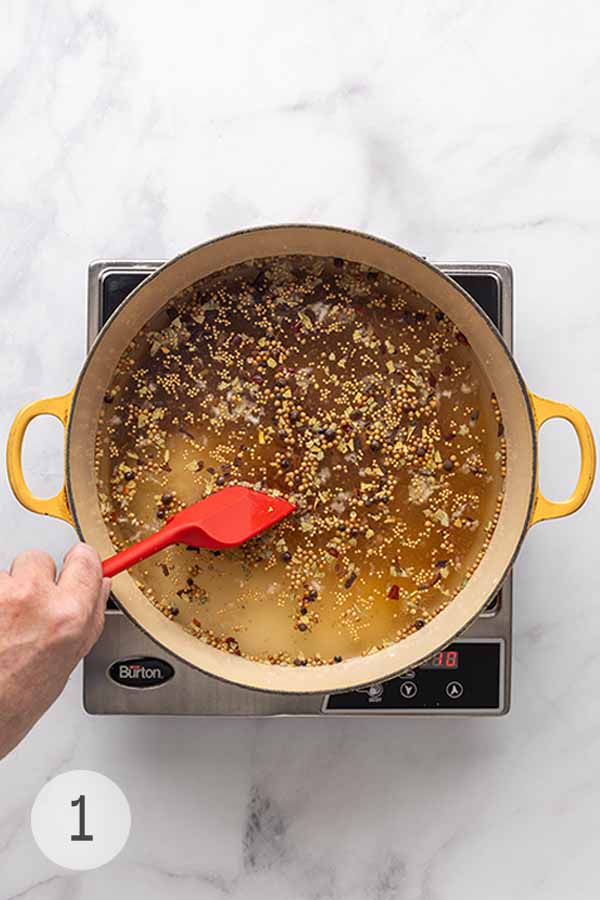
- Toast the peppercorns, mustard seeds, and coriander seeds in a skillet, then use the flat side of a large knife to smash them. Mix them with the remaining spice blend ingredients. Combine 1/2 gallon of water, kosher salt, sugar, pink salt, garlic, and 2 tablespoons of pickling spice in a large pot.
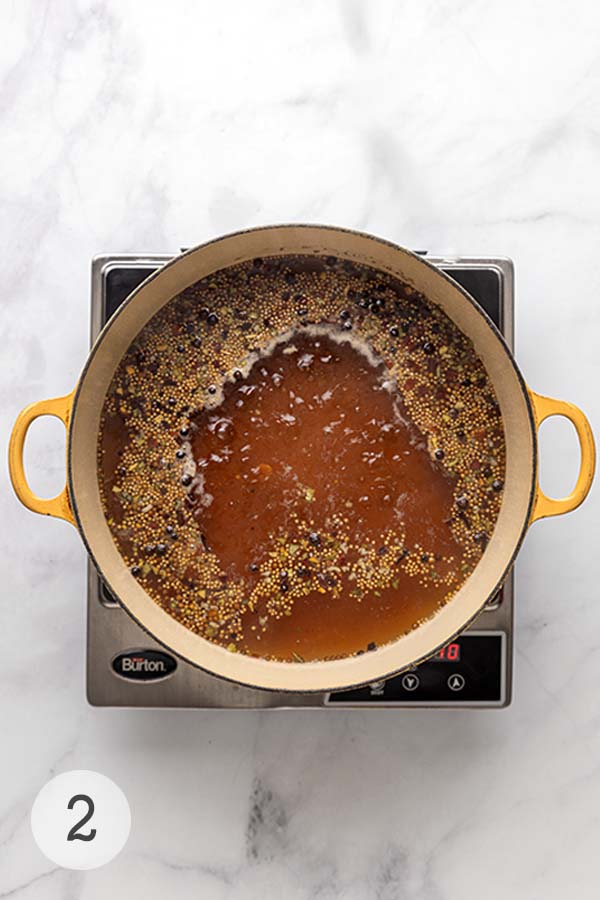
- Bring the brine to a simmer, stirring to dissolve the salt and sugar.
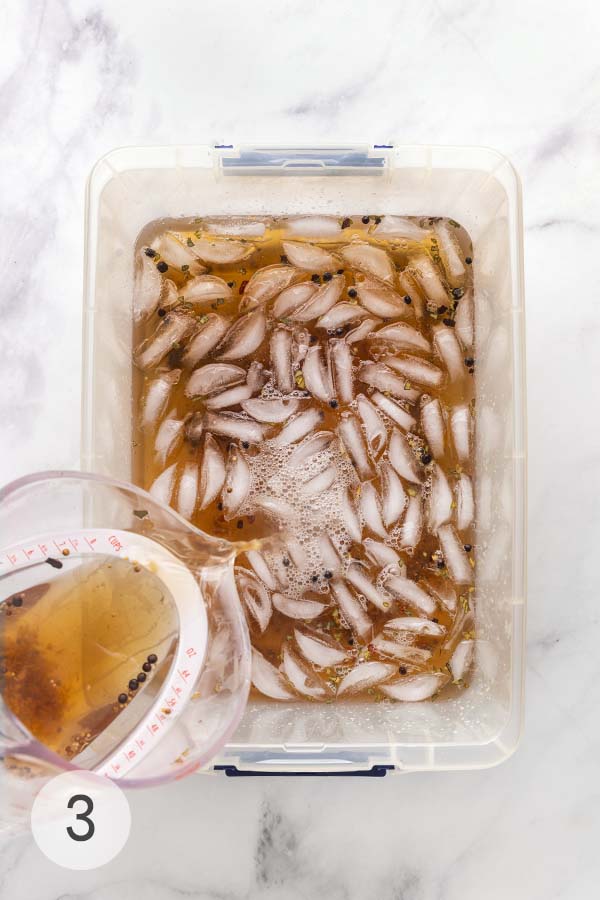
- Combine the brine with 1/2 gallon of ice and water in a container large enough to hold the brisket.
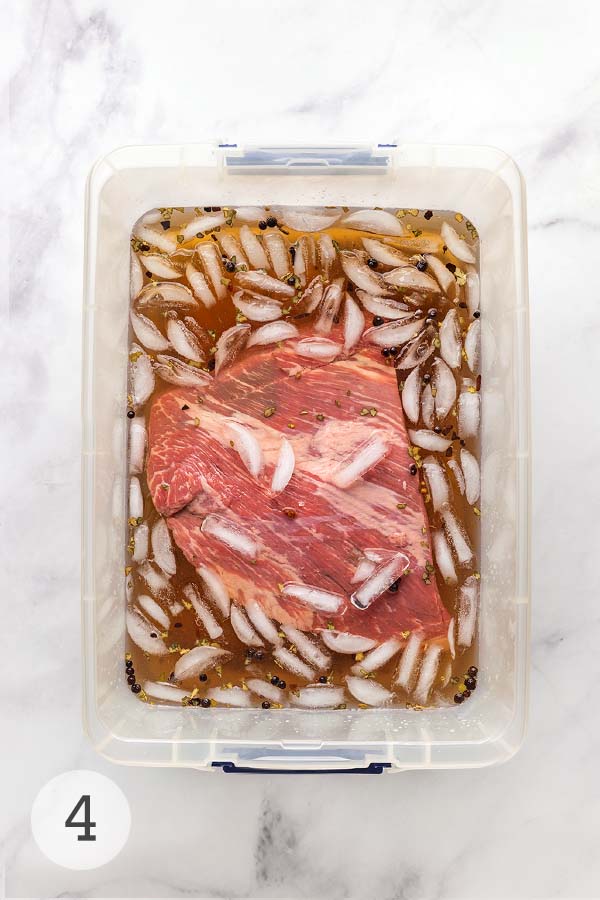
- Add the brisket to the cold brine.
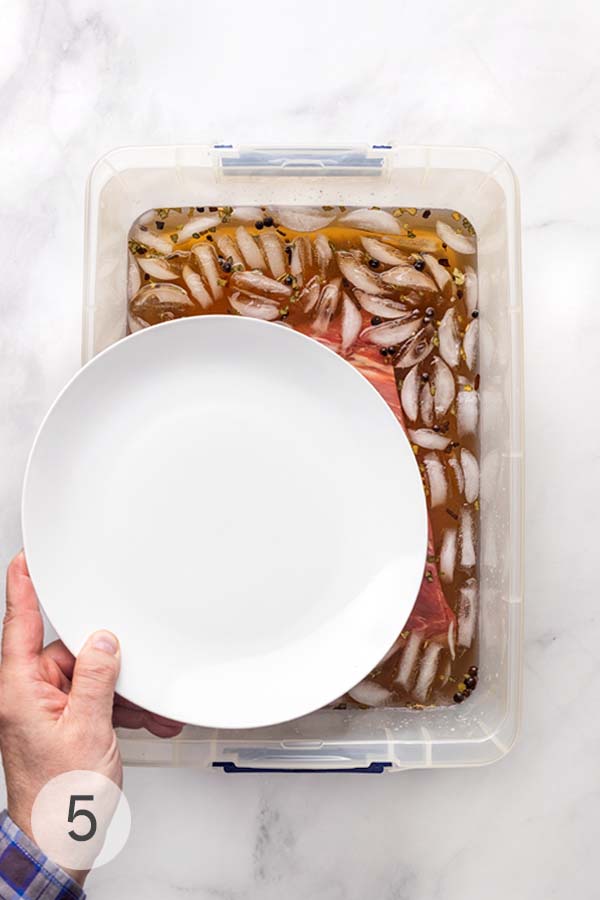
- Submerge the brisket in the brine. I use a large plate.
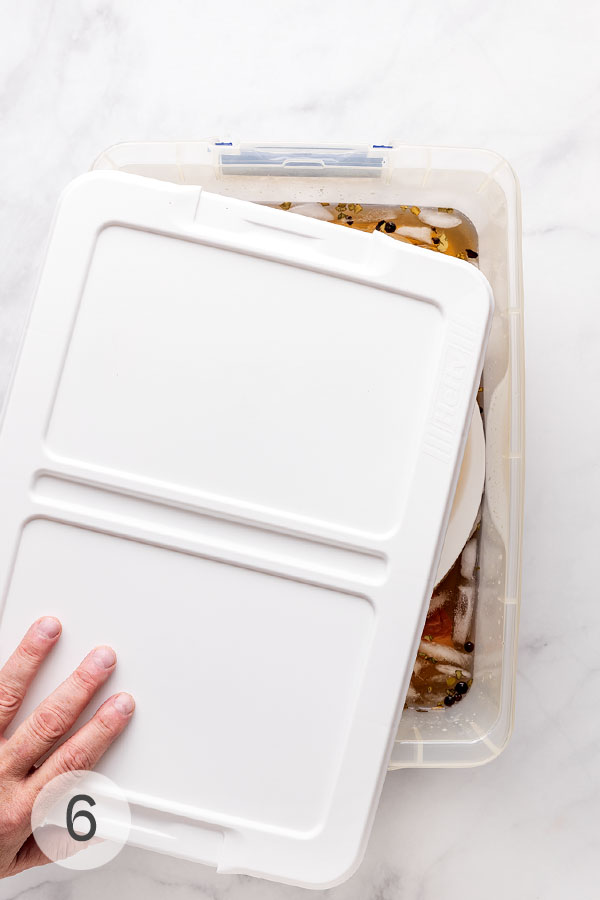
- Cover and chill for 5 days, flipping the brisket occasionally.
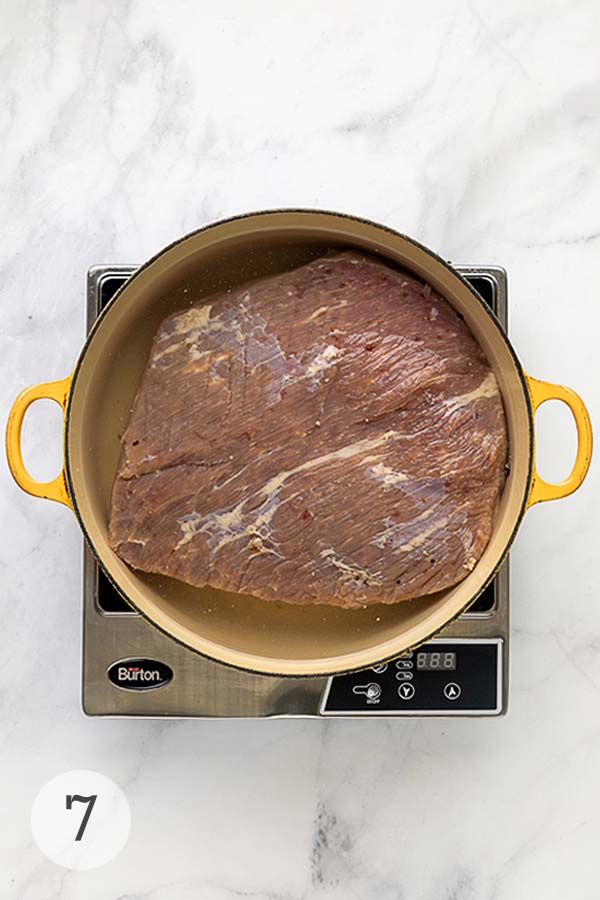
- Drain and rinse the brisket. Place the brisket in a pot large enough to hold the meat, and add enough water to cover it.
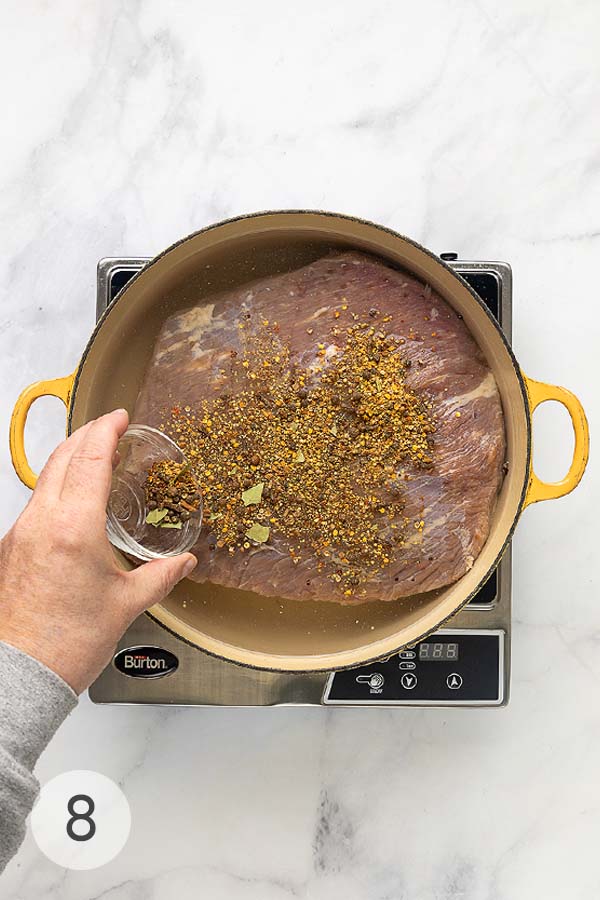
- Add 2 tablespoons of pickling spice, cover, and bring to a simmer. Cook until fork tender, replenishing the water, if needed.
Your Corned Beef Questions Answered
First-cut brisket, sometimes called the “flat cut,” is the leaner, flatter portion of a whole beef brisket. It boasts a relatively even thickness, making it ideal for slicing against the grain after cooking. The “second cut,” aka the “point cut,” contains more fat, or deckle, and sits on top.
Pink salt is a curing salt containing nitrite. It preserves corned beef’s color, flavor, and freshness and, most importantly, prevents harmful bacteria growth. Look for it under names like Tinted Cure Mix, Prague Powder #1, or Curing Salt #1. Don’t confuse it with Himalayan pink salt, which is a regular salt.
☞ And, please, don’t confuse this pink salt with Himalayan pink salt, which is entirely different.
To make corned beef with cabbage and potatoes, render the fat from some bacon that you’ve cut into matchstick-size strips in a pot over medium heat. Toss in some large wedges of green cabbage and cook, turning as needed, until the edges are lightly browned. This will impart a little extra flavor oomph to the cabbage.
Add some of the reserved cooking liquid from the corned beef to the pot. Then toss some chunked potatoes and the sliced corned beef in with the cabbage, cover, and cook until the cabbage is tender. (If you prefer the potatoes not pick up any cabbage flavor or color, boil them separately in salted water.)
That steaming liquid transforms into a lovely sauce. If you like, stir in a tablespoon of Dijon mustard for a touch of richness.
Nestle your brined brisket into the slow cooker and add enough water to cover it (if it’s too big, simply cut off a smaller portion!). Toss in 2 tablespoons of your corned beef seasoning mix and cook on low until fork-tender, about 7 hours. Reserve that flavorful cooking liquid for serving if you like.
Slice the corned beef and enjoy warm, or cool, wrap, and refrigerate for up to a week.
Want more slow-cooker tips? Check out tester Jackie G.’s comment below – she turned her leftover brisket into homemade pastrami!
3-Hour Corned Beef Shortcut
So, you want to save yourself 4 1/2 days of waiting for this incredible corned beef recipe? No problem. If you have a pre-cured corned beef (the kind that comes vacuum-sealed at the grocery store), go ahead and toss that little spice packet it comes with—trust me, the flavors are subpar compared to this homemade spice mix. Pop your brisket into a large pot, add enough water to cover, stir in two tablespoons of my pickling spice (below), and let it simmer gently for about 3 hours or until it’s melt-in-your-mouth tender. You’ll still score a rich, savory corned beef without the wait. Enjoy!
Pro Tips
- If you find it challenging to keep the brisket submerged in the brine, place something heavy (a plate or a few canned goods are great for this!) in a sealed plastic bag and set it on top of the brisket to weigh it down.
- If your brisket is too big to fit into the brining container in one piece, cut it in half.
- This homemade corned beef recipe is suitable for gluten-free and dairy-free diets.
Storage & Reheating
Corned beef can be stored tightly wrapped in plastic or aluminum foil in the refrigerator for up to 1 week. For longer storage, freeze individual portions tightly wrapped in plastic or sealed bags for up to 6 months.
How to Serve Corned Beef Brisket
There are tons o’ ways to enjoy homemade corned beef. For a traditional meal, serve it sliced with cabbage and potatoes, or enjoy it in a Reuben sandwich made with rye bread, Swiss cheese, sauerkraut, and Thousand Island dressing.
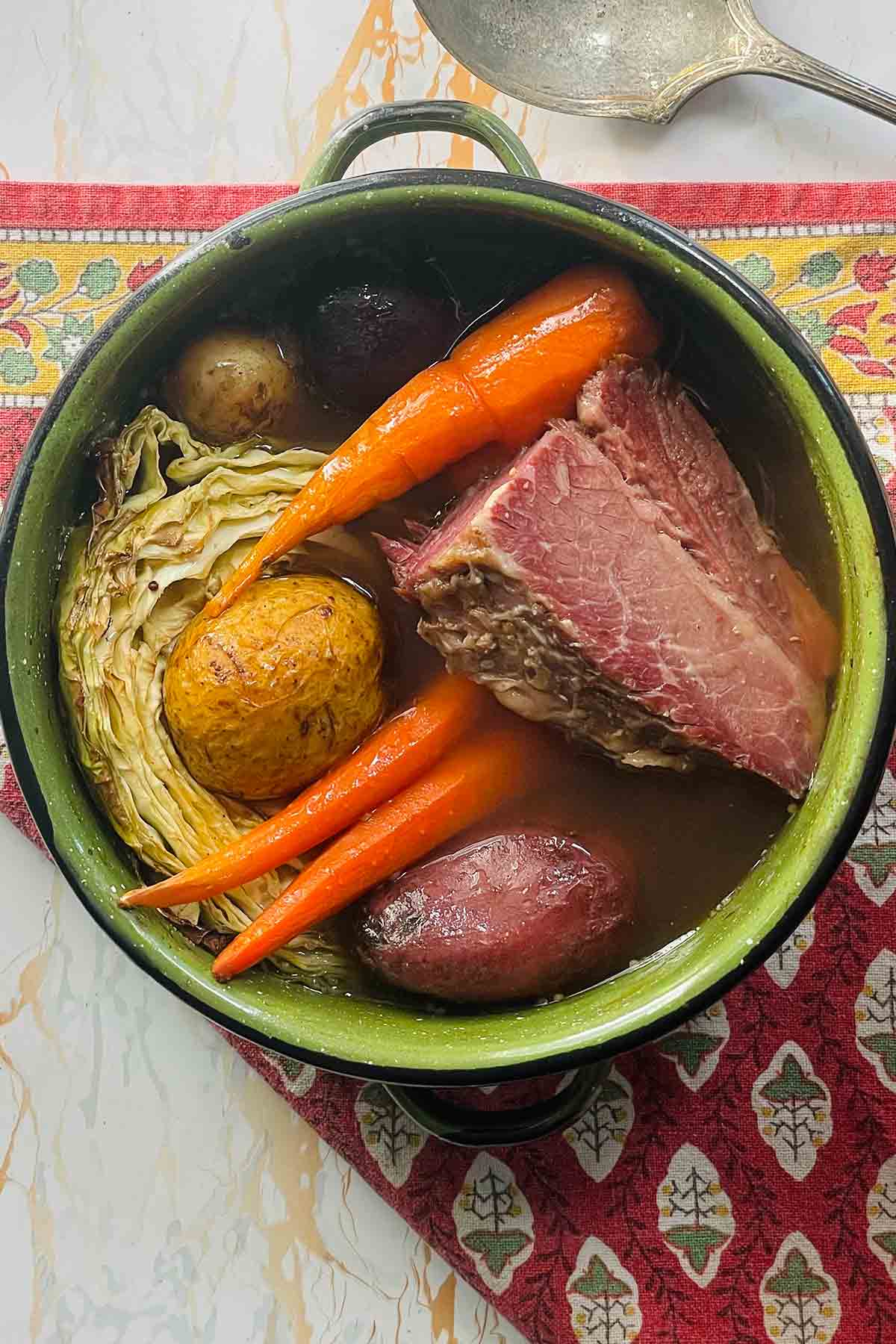
Tell Me What You Think
If you give this marvelous homemade corned beef a whirl (or any dish from Leite’s Culinaria), I’m all ears! Did it rock your St. Patrick’s Day table or become the star of your Sunday supper? Share the details—along with your best photo—in the comments below. Don’t forget to leave a star rating, too!–David
I make corned beef for my husband. I personally don’t care for it. This recipe has totally changed my mind! The meat was so tender and so flavorful. I will never make corned beef a different way. Looks like we will have a new tradition in our family!
Alison M
Video: How to Make Corned Beef
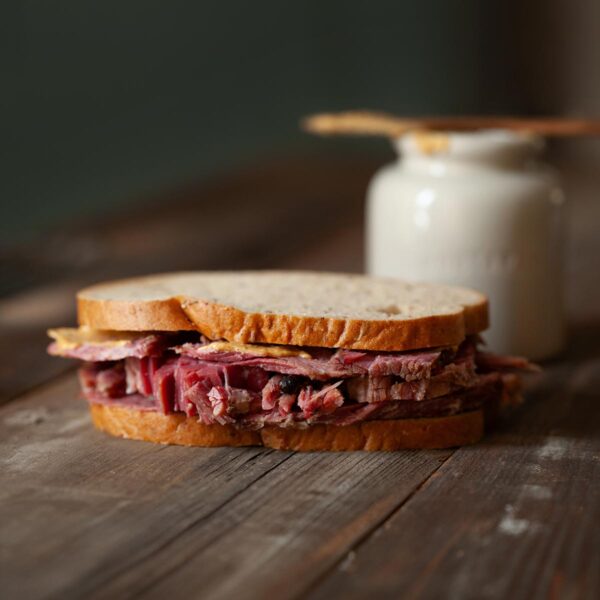
Homemade Corned Beef
Equipment
- Slow cooker (if following the slow cooker method)
Ingredients
For the pickling spice
- 2 tablespoons black peppercorns
- 2 tablespoons mustard seeds
- 2 tablespoons coriander seeds
- 2 tablespoons crushed red pepper flakes
- 2 tablespoons allspice berries
- 1 tablespoon ground mace
- 2 small cinnamon sticks, crushed or broken into pieces
- 2 to 4 bay leaves, crumbled
- 2 tablespoons whole cloves
- 1 tablespoon ground ginger
For the brine solution
- 1 gallon water
- 2 cups Morton kosher salt, (or 3 1/3 cups/450 g Diamond Crystal kosher salt)
- 1/2 cup granulated sugar
- 2 teaspoons pink salt, (see FAQs)
- 3 garlic cloves, minced
- 2 tablespoons pickling spice, (see above recipe or use store-bought)
- one (5-pound) beef brisket, well-marbled first-cut
Instructions
Make the pickling spice
- In a small, dry skillet over medium heat, toast the 2 tablespoons black peppercorns, 2 tablespoons mustard seeds, and 2 tablespoons coriander seeds until the spices are lightly toasted.
- Carefully turn them onto a cutting board and carefully smash them using the flat side of a chef's knife to crack them, being careful to not let the seeds roll all over your counter and onto your floor.
- Scrape the cracked spices into a large plastic container or glass jar or other nonreactive container and add the 2 tablespoons crushed red pepper flakes, 2 tablespoons allspice berries, 1 tablespoon ground mace, 2 small cinnamon sticks, 2 to 4 bay leaves, 2 tablespoons whole cloves, and 1 tablespoon ground ginger. Stir until completely combined. Cover tightly.
Make the brine solution
- In a pot that's just large enough to hold the brisket, combine the 1 gallon water, 2 cups Morton kosher salt, 1/2 cup granulated sugar, 2 teaspoons pink salt, 3 garlic cloves, and 2 tablespoons pickling spice.
- Bring to a simmer, stirring until the salt and sugar dissolve.
- Remove the pot from the heat, let the brine cool to room temperature, and then refrigerate until the brine is completely chilled. For a quick chill: Bring 1/2 gallon of water to a simmer, add the brine ingredients, and stir until dissolved. Slide the pot off the heat and add 1/2 gallon of ice and water. Make sure the water is cool before adding the brisket.
- Place the one (5-pound) beef brisket in the chilled brine and weight it with a plate to keep it submerged. Refrigerate for 5 days, flipping the brisket once or twice.
- Remove the brisket from the brine solution, discarding the brine. Rinse the brisket thoroughly under cool running water. (Don't worry, you're just rinsing the brine solution from the surface of the brisket. The brine will continue to permeate the beef and work its considerable magic.)
Cook the corned beef brisket
- To make the corned beef in your slow cooker, see the Slow Cooker Variation in the FAQs above.To make the corned beef on the stovetop, reach once again for a pot just large enough to hold the brisket. Place the brined brisket inside and add enough water to cover the meat. Add 2 tablespoons of pickling spice and bring to a boil, then reduce the heat, cover, and gently simmer for about 3 hours, or until the brisket is fork-tender. You want to make certain that there’s always enough water to cover the brisket. You may need to occasionally replenish the water if it gets too low.
- When the corned beef is done, remove it from the cooking liquid, which can be reserved, and place it on a cutting board. Slice the corned beef and serve it warm, with cabbage and potatoes if desired (see the Variation in the FAQs) or cool it, wrap it, and refrigerate it for up to a week to use in this Reuben sandwich. It's also not too shabby in corned beef hash. You can dribble the cooking liquid over the cabbage and vegetables or cover and refrigerate the liquid and rewarm it along with your leftover corned beef.
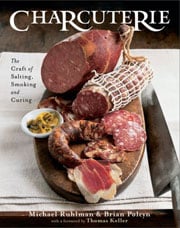
Nutrition
Nutrition information is automatically calculated, so should only be used as an approximation.
Recipe Testers’ Reviews
I decided to make the “real thing” for St. Patty’s Day this year and brined a 6-pound, well-marbled, first-cut beef brisket.
After its bath in the corned beef seasoning brine for 5 days, I decided to cook the brisket in our slow cooker instead of on top of the stove. I couldn’t fit the entire brisket in my 5 1/2-quart slow cooker, so a 3-pound chunk went into the slow cooker and the rest went back into the fridge.
At first, the brisket was submerged under the water. When I checked to see how it was doing after 1 1/2 hours, the meat had curled up and was sticking out of the water. I pushed it down, but wasn’t terribly concerned because brisket tends to shrink quite a bit. Sure enough, after 30 more minutes, the brisket was, indeed, covered with liquid.
The brisket cooked for a total of 7 hours on low. I suggest you check to see how the meat is doing along the way, even though some folks warn that you should never lift the lid of a slow cooker. I find that it does not add much cooking time at all. For me, and this particular piece of meat, at that 7 hour mark, the corned beef was tender.
Alongside the brisket I served a casserole of chopped potatoes, cabbage, and onion, which I’d sautéed in bacon fat and then finished in the oven with some Comté cheese on top. As much as we enjoyed the brisket on the first night with the casserole, we enjoyed the leftovers even more. I made this wonderful corned beef hash twice and served it with poached eggs.
So, what to do with the other remaining brisket that didn’t fit in the slow cooker? There was no question. When life gives you brined brisket, make pastrami.
I will never buy corned beef again after making this recipe. Turns out, pickling even substandard brisket with this astounding potpourri of aromatic spices will change your life forever!
I was very concerned that my brisket was going to be not good enough because when I got it home, I realized that it was graded select. I made the recipe anyways but put a layer of plastic wrap on top of the brine and brisket and then added the plate to hold it all together. I was surprised at the ease with which this came together and truly astonished at the final result.
I found the simplest way to acquire the pink salt was on Amazon. For around $10, you’ll secure enough for many, many pounds of homemade bacon and corned beef.
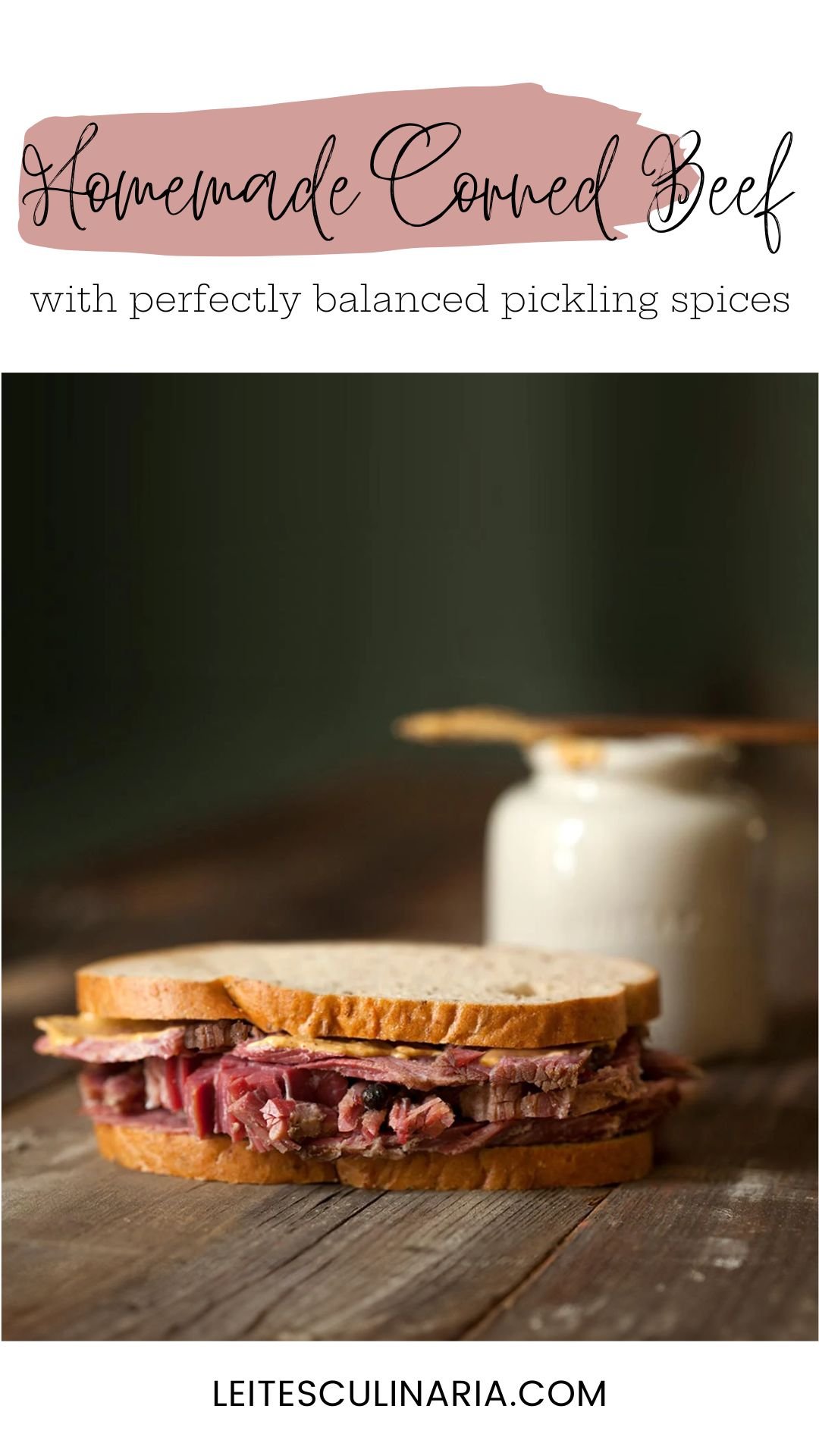
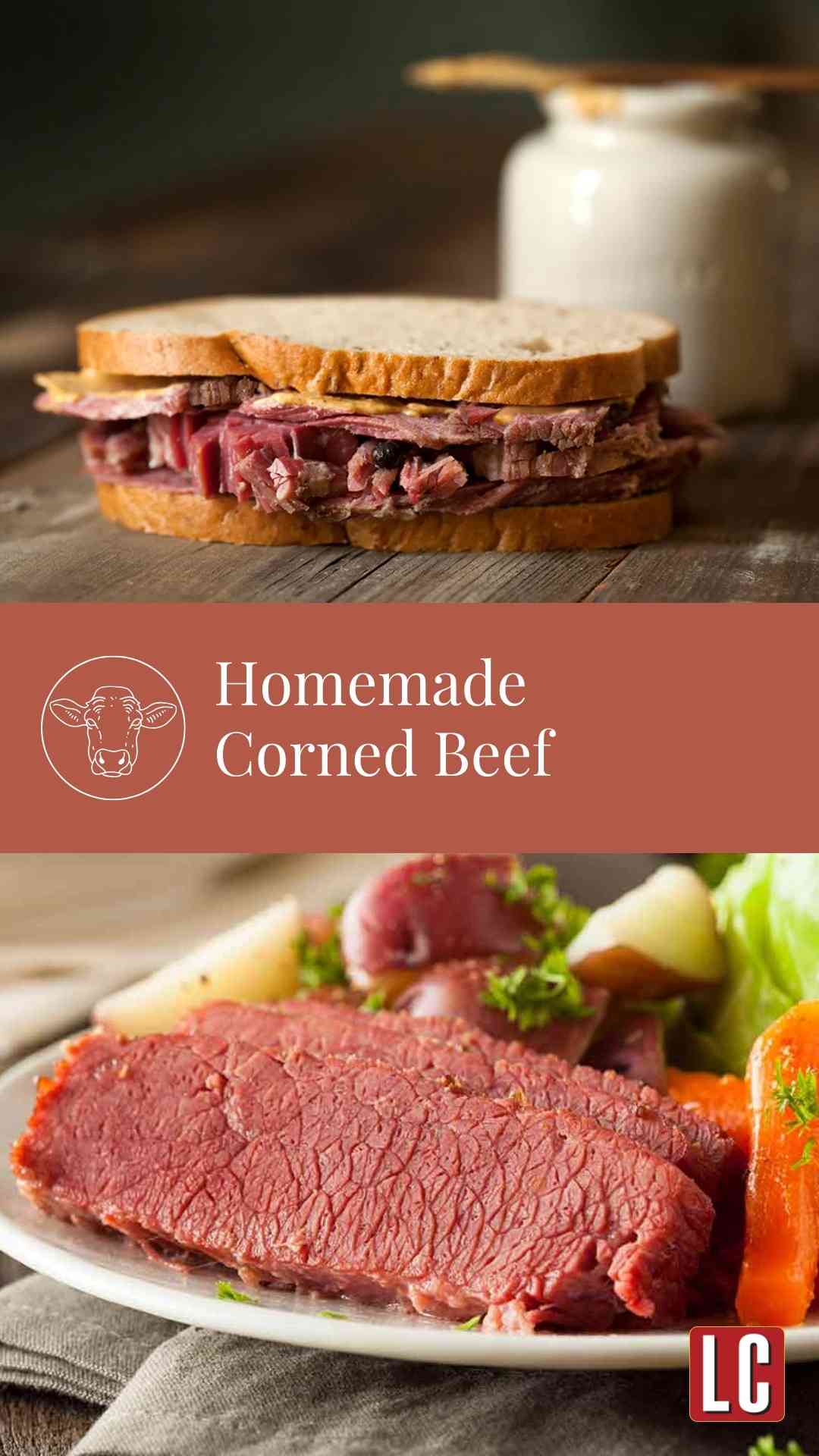
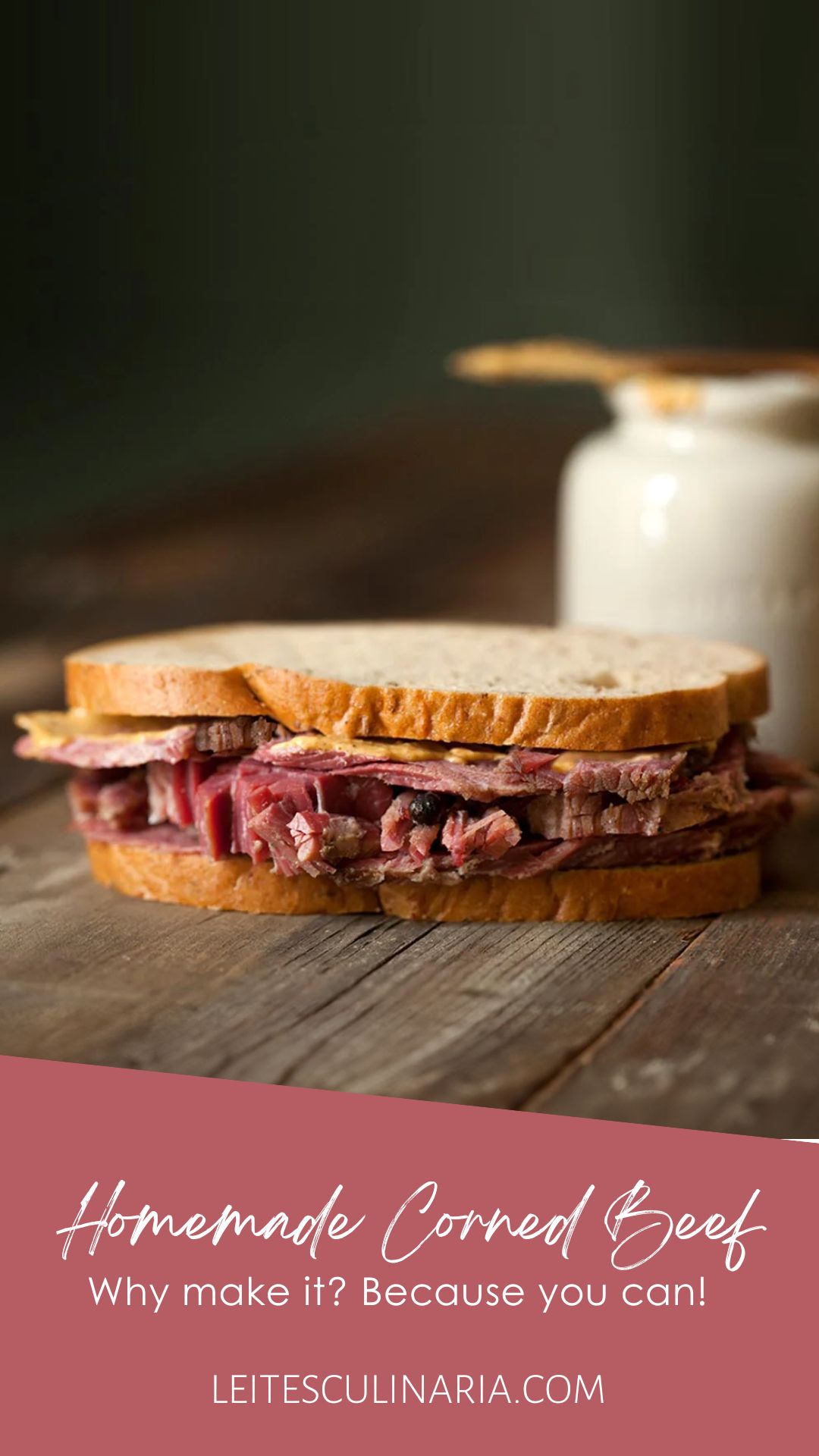
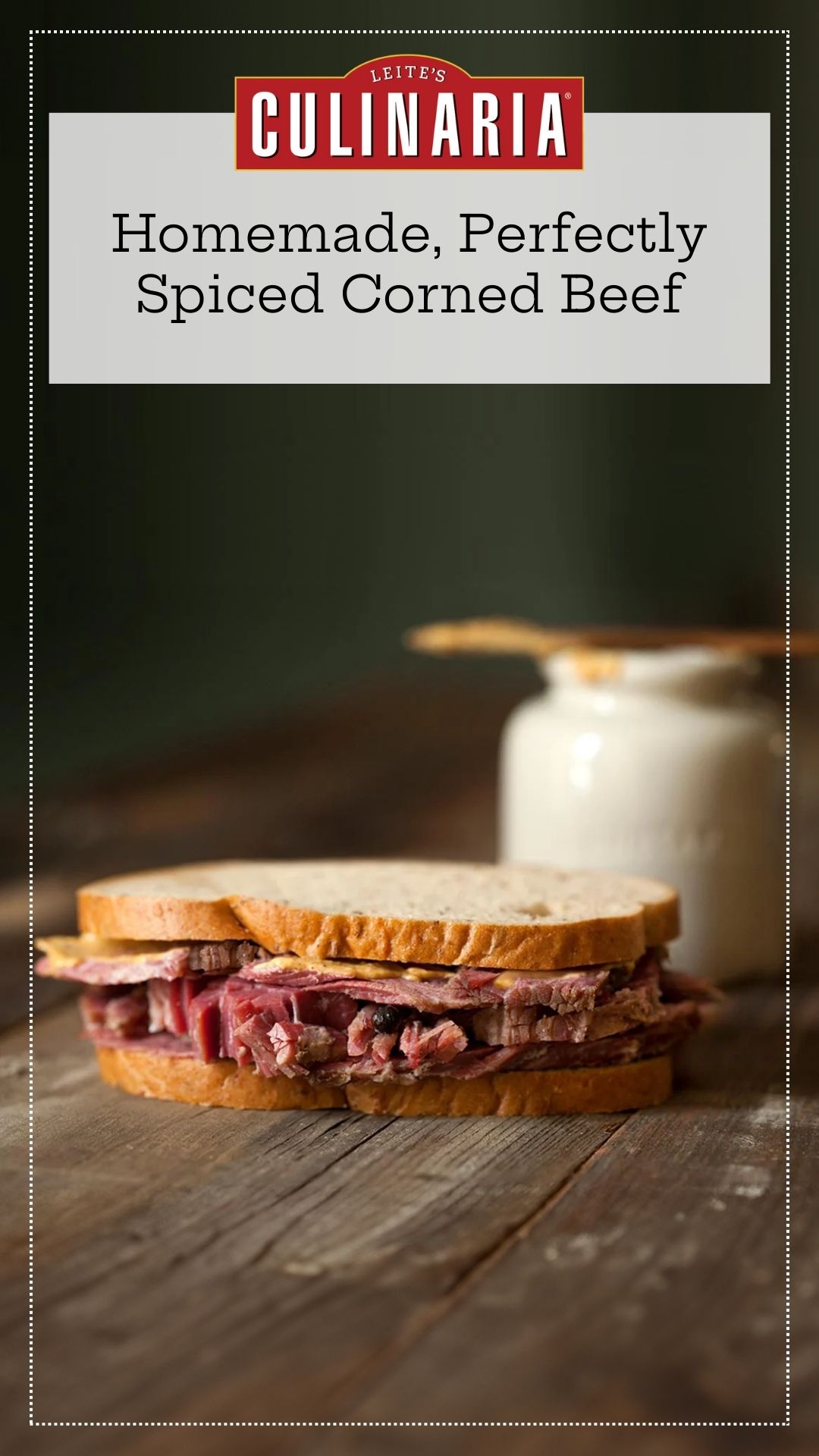
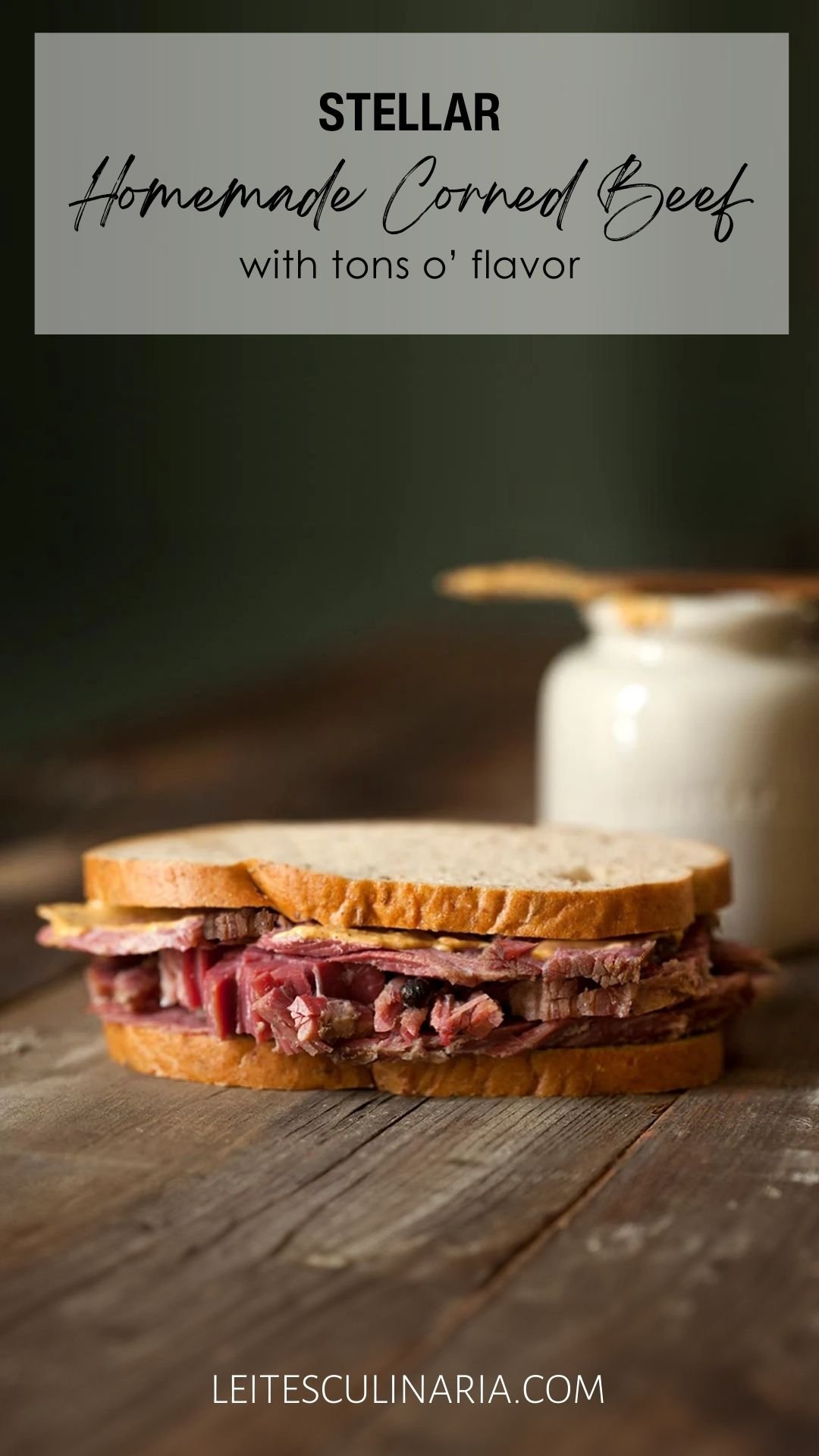
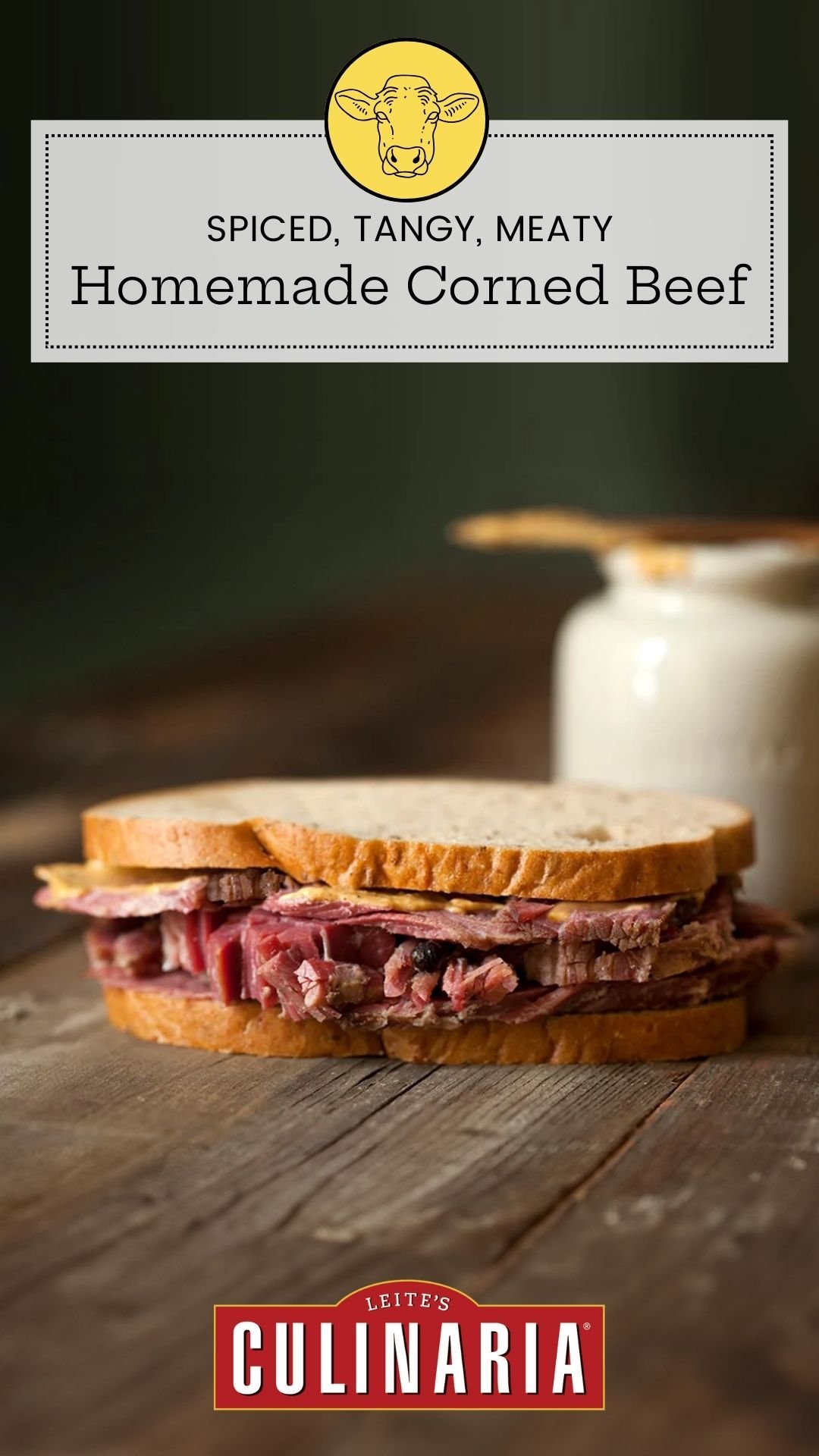
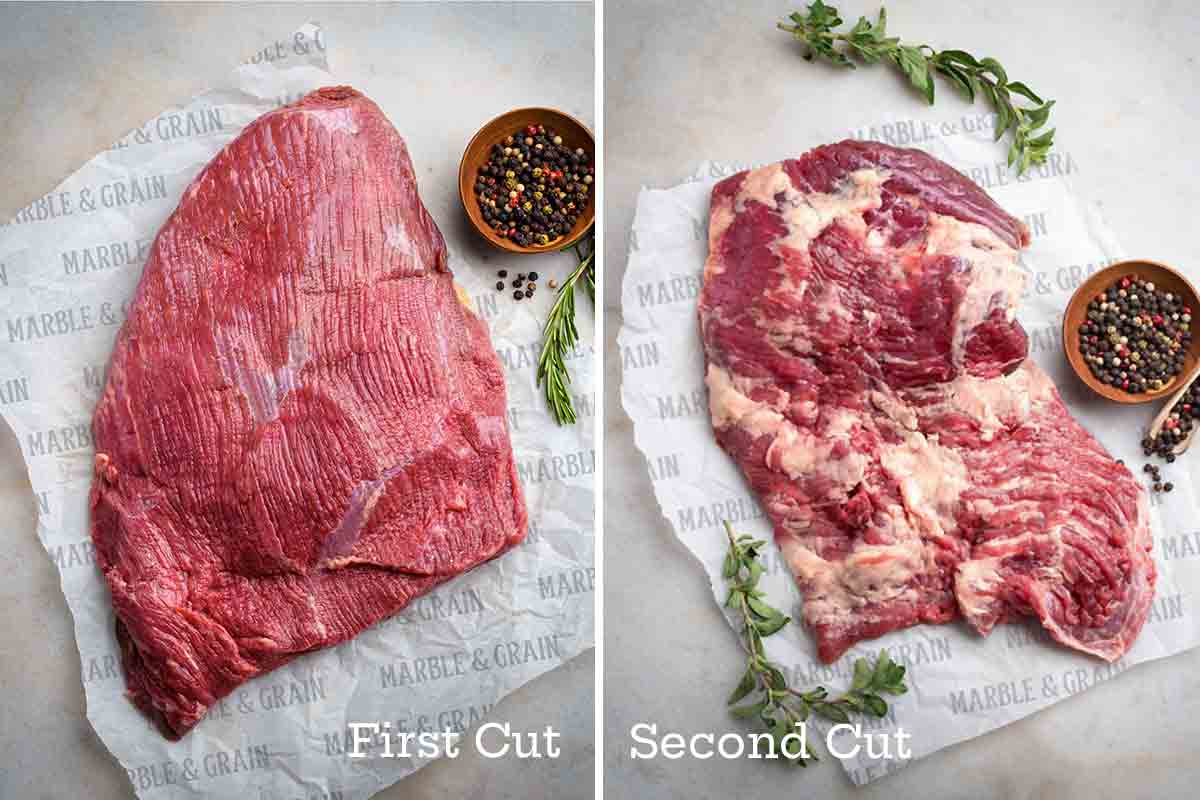
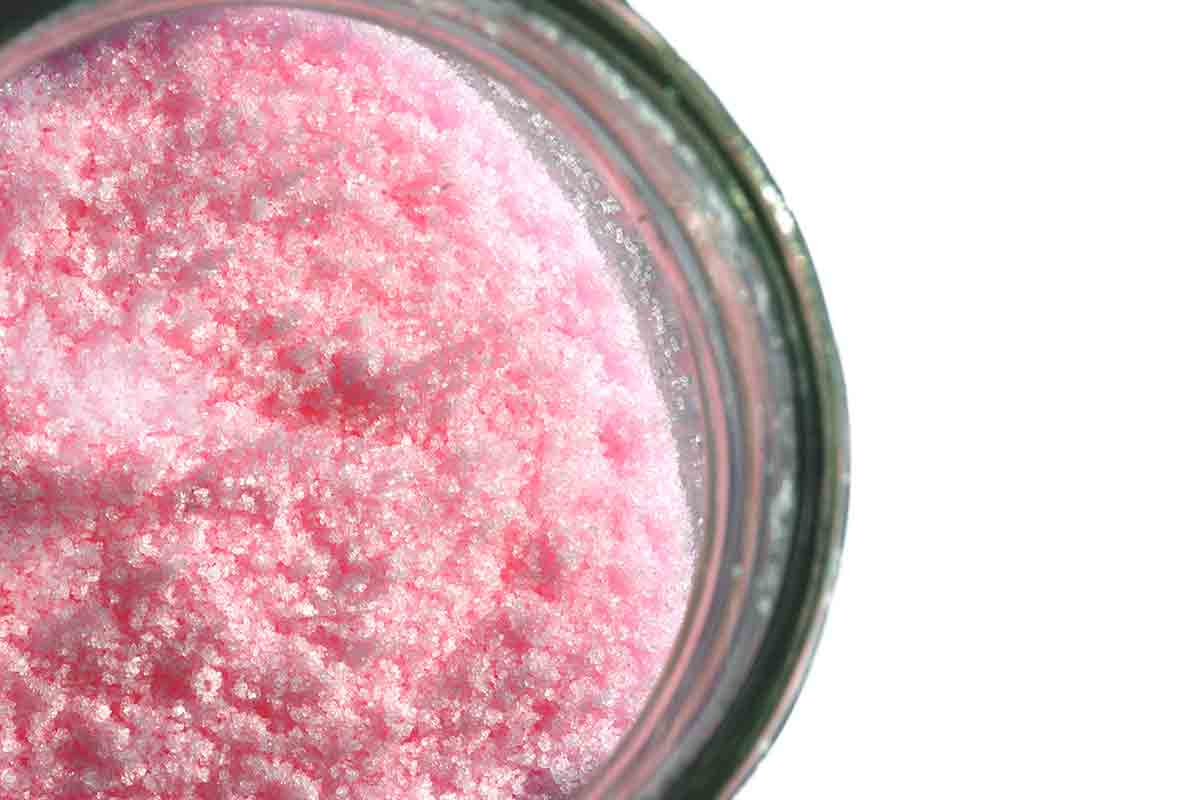
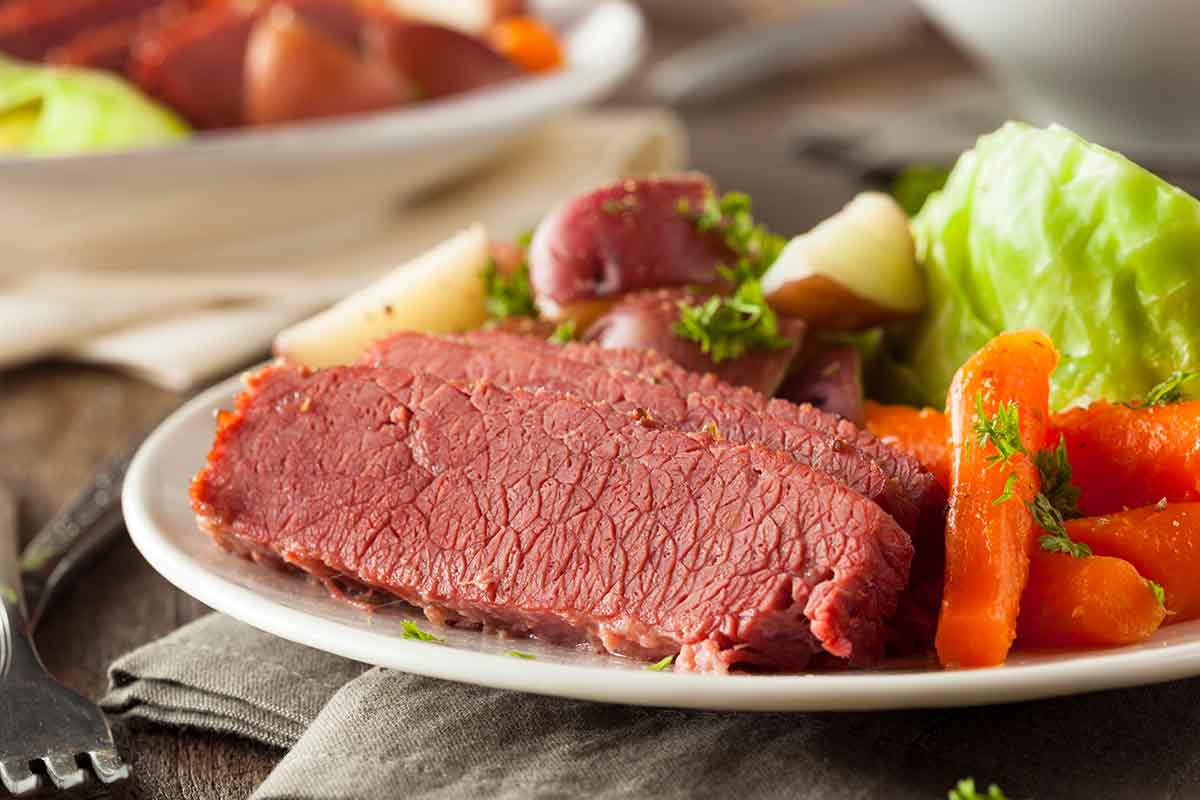
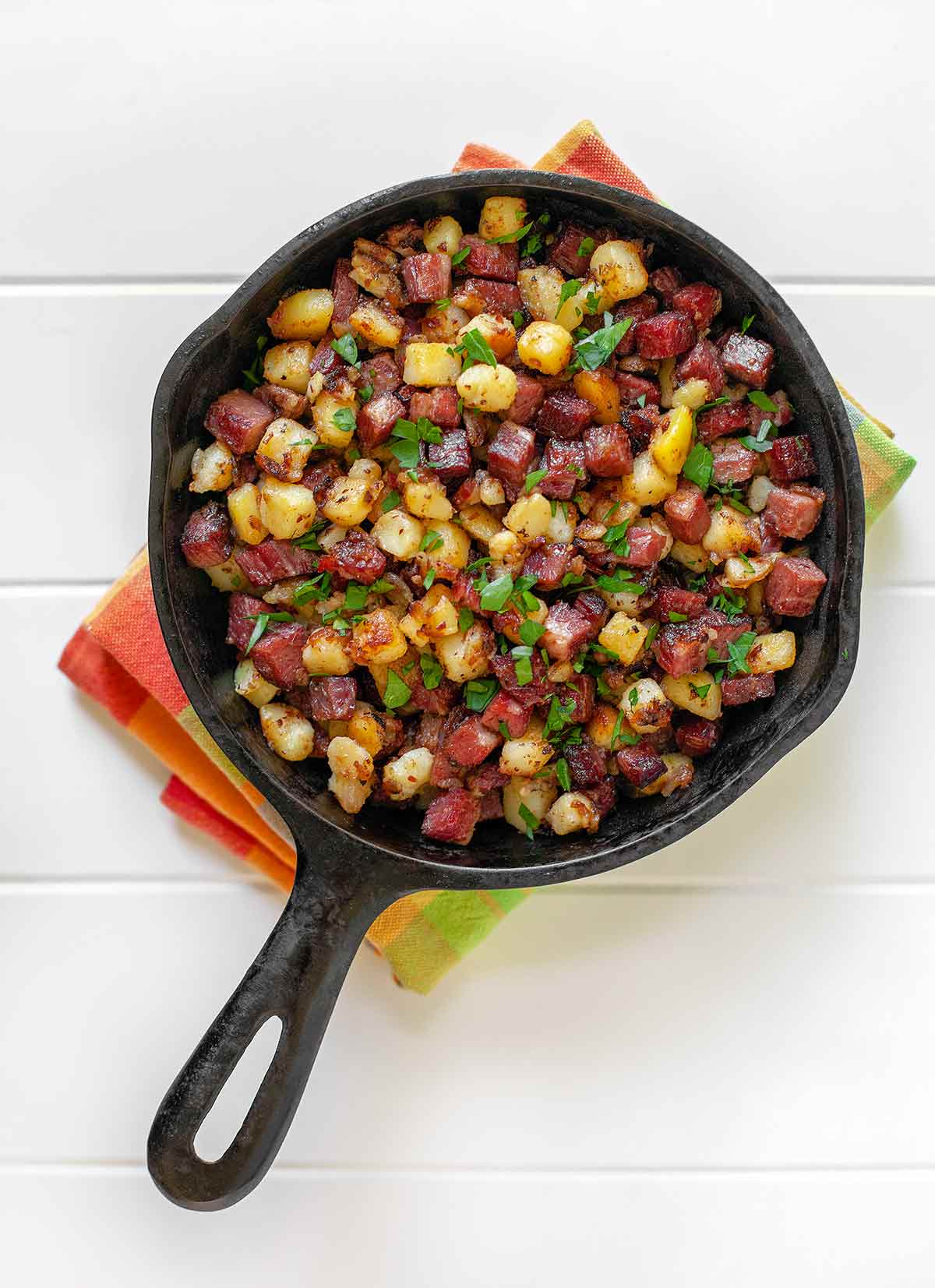
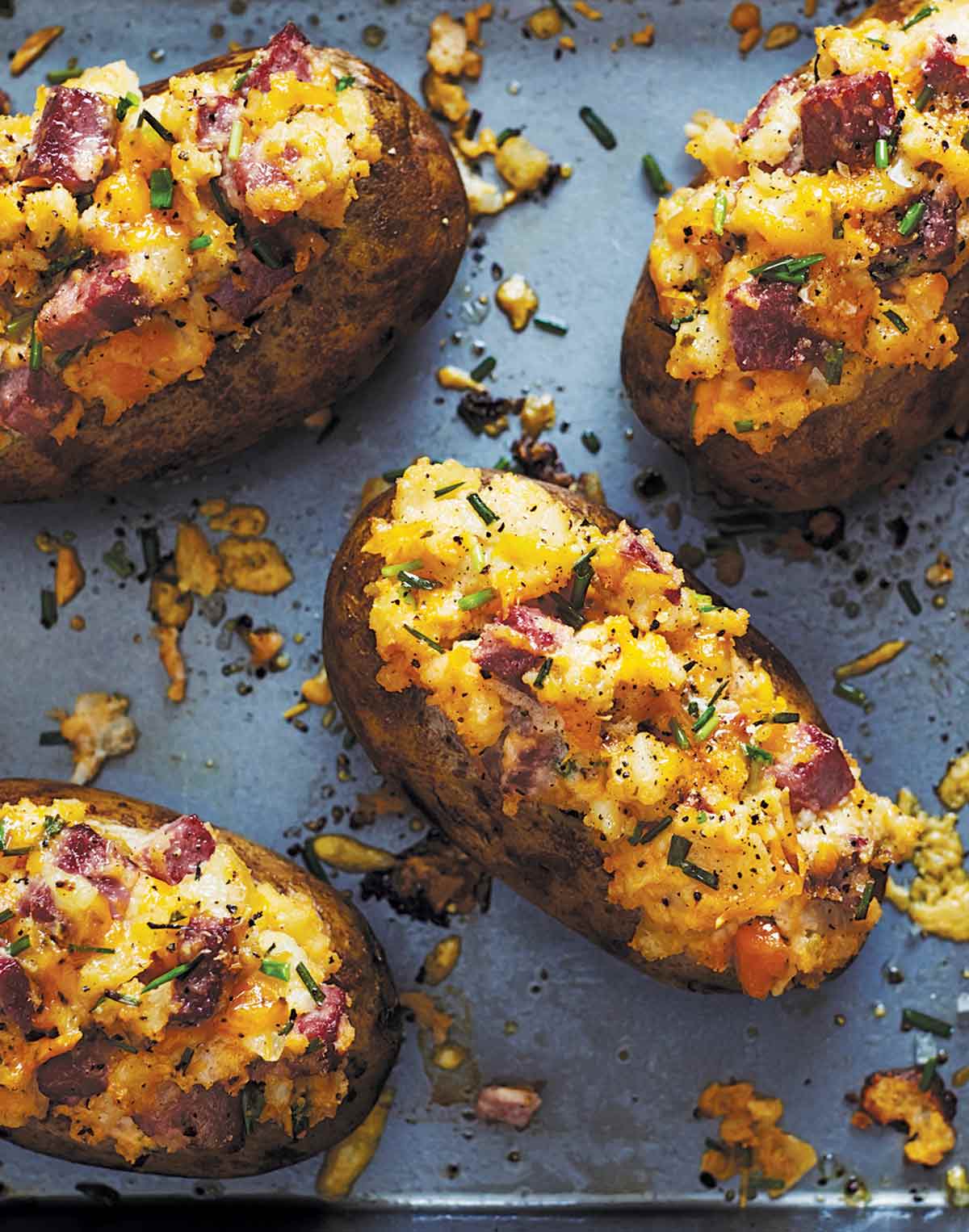
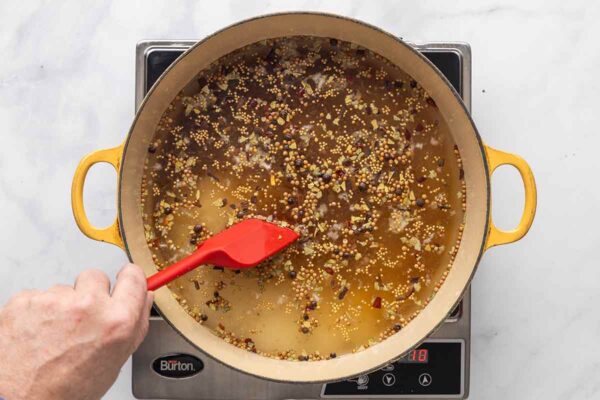
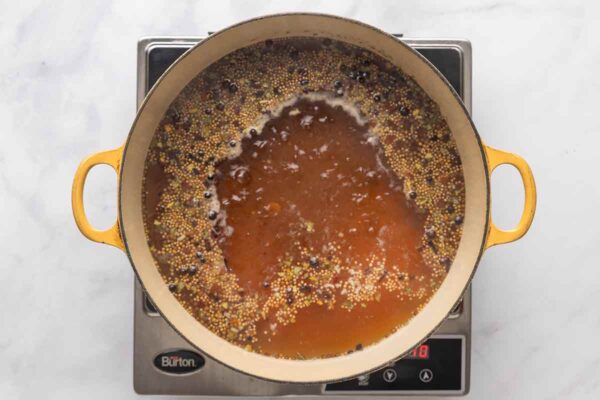
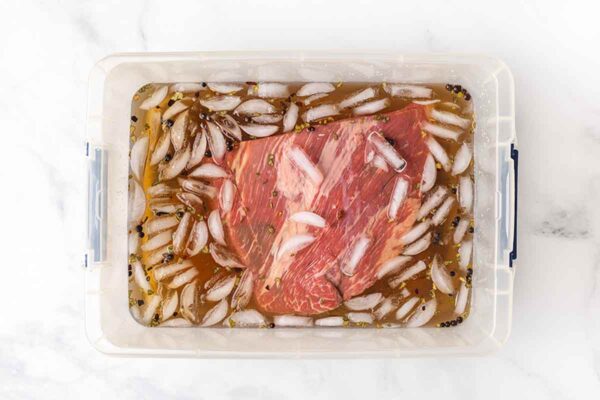
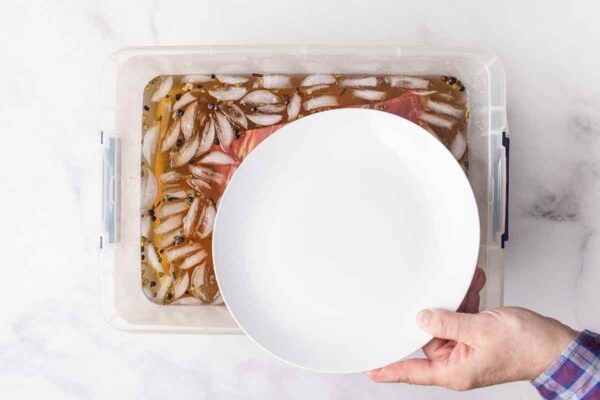
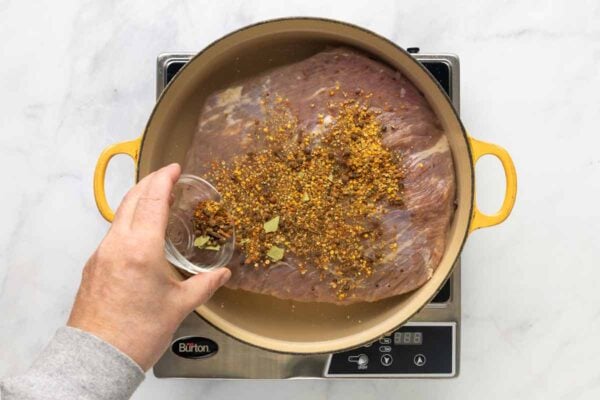












Sorry, am a little confused… So only 2 tablespoons of pickling spice in the brine and then the remaining 2 tablespoons when you cook the corned beef?
Can someone also kindly let me know the quantity of salt, pink salt, and water to make the brine for each kilogram of meat?
Finally… Cant source Kosher salt anywhere in my region… Did manage to find Pure Himalayan Salt – Can i use this? Appreciate some guidance on which varieties of salt can be used for the brine
Khan, yes, 2 tablespoons for the brine and 2 tablespoons for the cooking. You’ll have some left over. (I made the directions clearer.)
Now, regarding the water, pink salt, and salt per kilogram. You have to be very, very careful because you need the meat to cure properly and fully. The salt and pink salt do that. You want to be precise with it. (That’s my little caveat.) So, for each kilogram of beef use:
1.8 liters of water
1.8 teaspoons (11 grams) of pink salt
200 grams of kosher salt
I’ve not used Pure Himalayan Salt, so I can’t vouch for it in this recipe. The best way to handle the salt issue is to use the weight I supplied. that is correct for each kilogram of meat. Don’t use a measuring cup because different salts have different volumes.
Hope this helps.
Brilliant, thanks David… Have a brisket on brine for past 6 days… planning on taking it out to cook on Friday which will be day 8… I used a ready salt mix (salt & pink) in my brine…fingers crossed it turns out pink! Have ordered the pink salt directly, should be here in a day or two… but choosing the right Salt, whether Kosher or not has me stumped…. have been reading i cant use normal table salt because of its iodized… then read cant use sea salt or himalayan salt as they have high content of minerals which can effect the curing process…. then read i can use Kosher Salt or a Pickling Salt…. Well, I live in the Middle East and for obvious reasons, you will never find salt here branded as Kosher! So now my problem is identifying the right salt….. If you or anyone here can help spread some light on this, I would be truly grateful…. Thank you!
Khan, please take note of the email I sent you. I believe you have used far too little salt and pink salt for your cure, which can be dangerous. That being said, I do know people who don’t use any pink salt whatsoever, but they used the correct amount of salt–and their corned beef comes out fine, but it’s gray and unappetizing. My concerned is you haven’t corned it properly with the right amount of salt.
As far as finding the right kind of salt where you live, I’m stumped. Perhaps one of our readers can help out.
Thank you for responding so quickly! Yes to all of your questions. I bought the salt one year ago from Amazon and didn’t open it until making this recipe. An online source says it has a two-year shelf life. I used the full 5 teaspoons and made sure everything was dissolved before chilling the brine. I’ll follow your suggestions and cure it a couple more days and see what happens. I’m sure it will be tasty, and I did notice that the expected textural changes have taken place–the meat was much firmer than when placed in the brine. I’ll post my results after I cook it.
hddonna, I got the photo. NO worries. You’ll see the difference when you cook it!
I cooked my corned beef on Saturday, and as you can see, it turned pink as promised. It was delicious. I did think the spices were a little strong. If all the spice mix left after corning the beef is added during the cooking, as the recipe directs, that is a lot of spice. I originally made up only a third of the mix, noting that only two tablespoons were called for in the brine. Only afterward did I notice that the rest was to be added later, so I made up another batch of a third, so that the total used in both brining and cooking was still just 2/3 of the full recipe. In future, I think 1/3 will be more than enough.
Finally, a note about the cut of brisket. I was unfamiliar with the term “first cut”. Here in St. Louis, and in Nebraska, where I grew up, brisket is sold as “flat cut” or “point cut”. I did some hunting online, even watched a video of a butcher subdividing a half of beef, but was not able to find anything about the first cut. I bought a whole brisket and trimmed and cut it myself, and I decided to use the flat cut to corn, since that’s what I prefer when buying my brisket already corned. Later I had occasion to talk to an acquaintance who turned out to be a butcher, and he told me that the first cut would be the point cut, but that he would recommend using the flat cut, as I had done. Well, I think this particular piece was leaner than I would have liked, so the result was not as succulent as I had hoped for. I have the point cut in the freezer, so I think I might try corning that in a couple of months and compare the results. That piece was so fatty, however, that the layer on top of the thick fat layer looked more like bits of beef in fat that bits of fat in beef. But looking back at the photo at the beginning of this post, I think the meat in the picture does more resemble that cut in shape.
hdonna, well, we have the pink issue behind us! Now on to spiciness. Clearly, it’s very subjective. I’ve never found it too spicy for my taste. Let ask you: You left it in the brine a few extra days, correct? If so, that could have caused the extra kick of spice.
As to the name of the cut, that can sometimes be regional. I’ve only heard “first cut.” Also, my research says that the first cut is the flat cut while the fattier second cut is called the point cut. So if you want more fat, I’d suggest second cut. Nothing wrong with using it as the fat can be trimmed before serving.
Did you cook it low and slow? That’s what will help the corned beef be a bit more succulent.
As to the seasoning, I’ve decided that it’s the cloves that are too much for me. I find that a little clove goes a very long way–but that’s my personal preference. I think if I cut back on the cloves, I would be happy with the taste. You’re right, leaving it in the brine longer would no doubt increase the absorption of spices, though I only left it in an extra 24 hours (20% longer than the recipe specifies), then removed it, rinsed it, wrapped it, and put it in the refrigerator for another two days. I did cook it low and slow. Since I had to be away from the house, I brought it to a simmer in my dutch oven and then placed it in a 275 degree oven for three hours. When I got home, after the three hours, it took another half hour to get tender.
I enjoy a boiled dinner, but it’s the Reuben sandwiches and the red flannel hash that really float my boat. We had the Reubens this evening, and they were fantastic. No complaints there. The meat I used was from the other side of the roast, which would have been the middle of the whole brisket, right next to the point cut, and it was tender, juicy, and, yes,– succulent! What I served the other day was from the end farthest from the point, and there is definitely a difference.
Regional difference in meat terminology are interesting. I often run into this when reading cookbooks and blogs from different parts of the country. Have you got a favorite website or other source of information to help one check exactly which cut is meant by a certain term? I never did find anything on first and second cuts in my own search.
And thanks again for your help in answering all my questions. I think it’s awesome that you take the time to follow up like that, even when the comments are to a post that’s been around as long as this one has. Your website is first class!
hddonna,
I wonder if keeping it in the fridge for 48 hours without cooking it could have amped up the spice flavor? And, yes, clove is strong!
Here are a few resources on the Web about brisket terminology:
Fine Cooking
Wikipedia
The New York Times (watch the video)
RecipeTips.com
Iowa Beef Council
And my friend Meathead from AmazingRibs.com.
Help! I tried this recipe for the first time this year. I followed the recipe exactly, including using the pink curing salt. My brisket was scheduled to come out of the brine today. It is gray, not pink! What could be going on? There are some red as in fresh looking spots on the bottom, where it rested on the bottom of my container. I returned it to the fridge minus the plate, so the brine could reach the uncured spots, but I am wondering what I should be doing with it. My plan was to drain it and wait a couple of days to cook it, when more members of my family will be home to enjoy it. Should I cook it right away, drain it and wait as planned, leave it in the brine another day or two? Any idea why it isn’t pink?
hddonna, is the pink salt fresh? Was the brisket fully submerged? Was the brine fully diluted? If it’s red on the bottom I wonder if the solution wasn’t fully mixed. Or if you used less pink salt than called for. I’ve made this for several years, and the only time I had grey areas was when I didn’t let it sit long enough, so the middle wasn’t pink. I’d stir the brine to make sure it’s fully dissolved, return the meat to the pot upside down, cover it with a plate, and let it sit two more days. Even if it’s gray, it will still have good flavor.